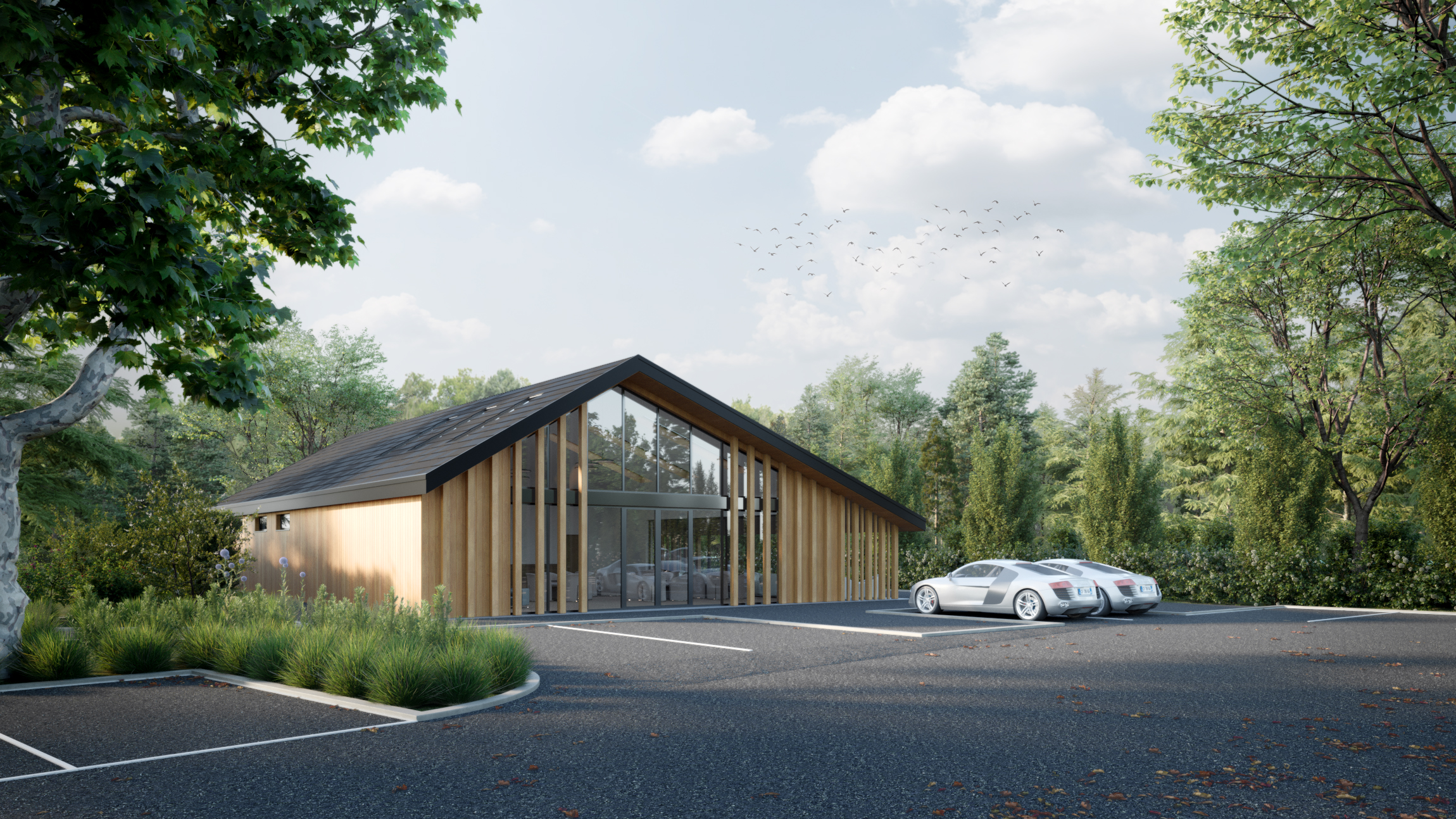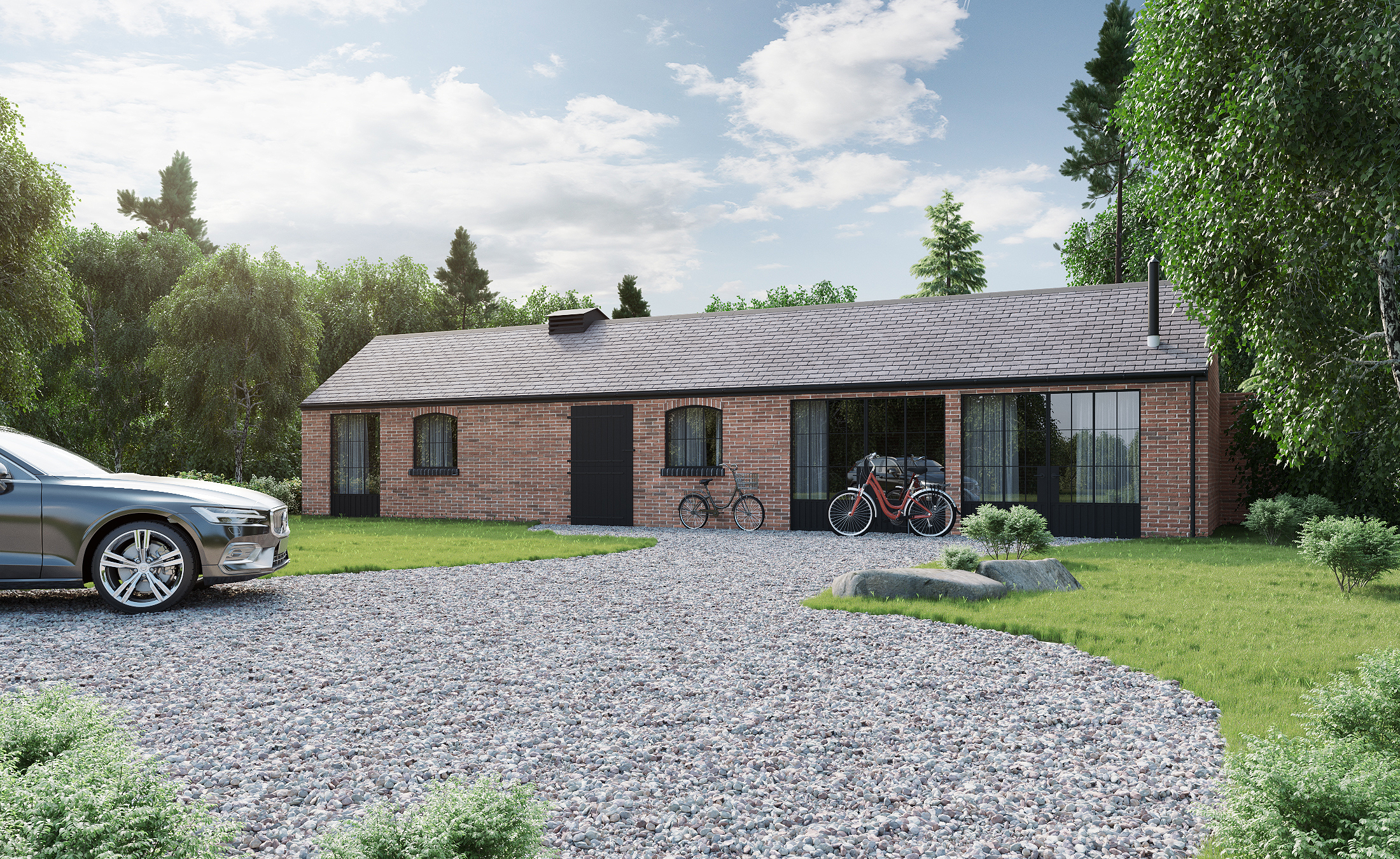SEP Design
Member

Svetlana Pinaitiene MCIOB
SEP Design is a Chartered Building Consultancy of architectural designers first established in 2012. Founder Svetlana Pinaitiene who is a Chartered Construction Manager and holds the designation of MCIOB with The Chartered Institute of Building has extensive experience in construction specialising in historic buildings and conservation techniques.
Each member of SEP Design brings their own unique set of skills and experience to the team whether it’s space planning, an environmental efficiency or the combined approach in delivering functional and innovative work.
With forward thinking team and constantly improving areas of our expertise we will drive every project forward and beyond those boundaries.
Contact us for more information on any of our services and we will be happy to discuss your project.






